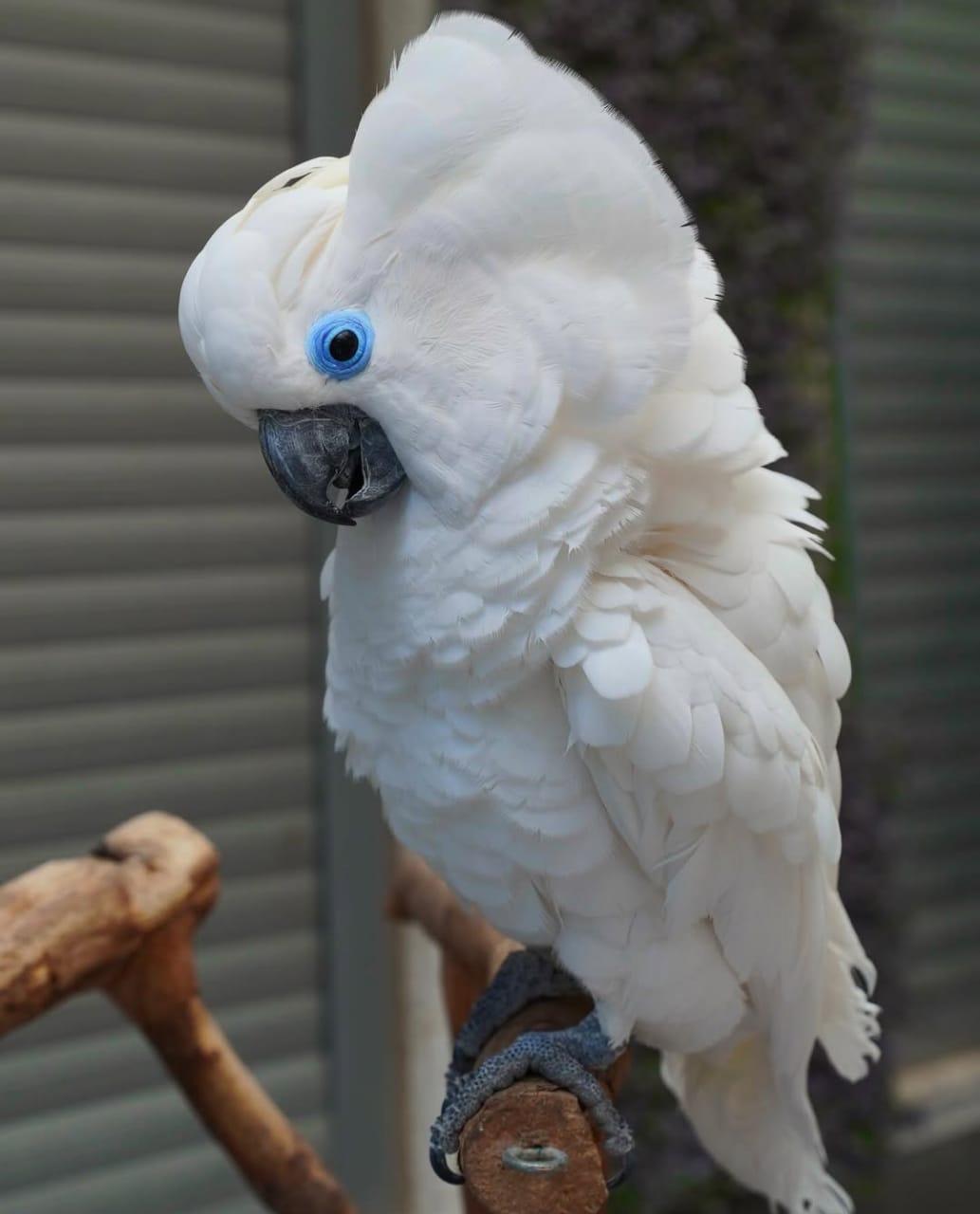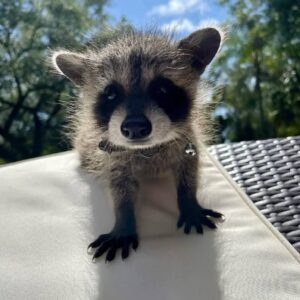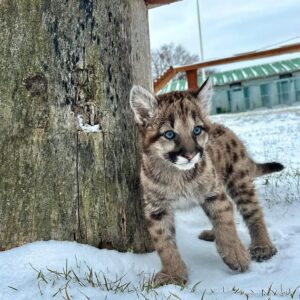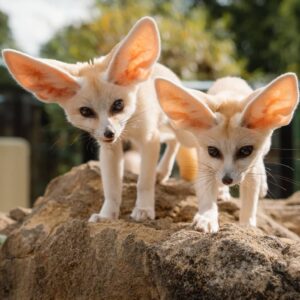Description
Discover the Blue-Eyed Cockatoo: A Stunning Exotic Companion
The Blue-Eyed Cockatoo (Cacatua ophthalmica) is a rare and captivating parrot species known for its striking appearance, intelligence, and affectionate nature. Native to the forests of New Britain and Papua New Guinea, these birds are a prized choice for experienced bird enthusiasts seeking a unique and engaging exotic pet. At ExoticPetsCare.com, we’re here to guide you through everything you need to know about adopting and caring for a Blue-Eyed Cockatoo.
Introduction to the Blue-Eyed Cockatoo
The Blue-Eyed Cockatoo is a medium-sized parrot, closely related to the Umbrella Cockatoo. What sets this species apart is its mesmerizing blue eye rings, which contrast beautifully with its white plumage and vibrant yellow crest. These birds are highly social, intelligent, and known for their playful and affectionate personalities, making them a delightful addition to the right home.
Physical Characteristics
Blue-Eyed Cockatoos are easily recognizable by their:
- Size: They measure about 18-20 inches in length and weigh between 500-600 grams.
- Coloration: Their predominantly white feathers are complemented by a bright yellow crest and striking blue eye rings.
- Lifespan: With proper care, Blue-Eyed Cockatoos can live for 50-60 years, making them a lifelong commitment.
Behavior and Temperament
Blue-Eyed Cockatoos are highly social, intelligent, and affectionate birds. They thrive on interaction and form strong bonds with their owners. However, their need for attention and mental stimulation means they are best suited for experienced bird owners who can dedicate time to their care. These birds are also known for their playful nature and love of learning tricks and solving puzzles.
Care Requirements for Blue-Eyed Cockatoos
1. Housing
- Cage Size: A large, sturdy cage is essential. The minimum recommended size is 3 feet wide, 3 feet deep, and 4 feet tall, but bigger is always better.
- Toys and Perches: Provide plenty of toys, perches, and climbing structures to keep your cockatoo mentally stimulated and physically active.
- Environment: Place the cage in a social area of your home where the bird can interact with the family, but avoid drafty or overly noisy areas.
2. Diet
- A balanced diet for a Blue-Eyed Cockatoo includes high-quality pellets, fresh fruits, vegetables, and occasional nuts or seeds. Avoid avocado, chocolate, and caffeine, as these are toxic to birds.
- Fresh water should be available at all times.
3. Socialization and Enrichment
- Blue-Eyed Cockatoos require daily interaction and mental stimulation. Spend time playing, training, and bonding with your bird to keep them happy and healthy.
- Rotate toys regularly to prevent boredom and encourage problem-solving.
4. Grooming
- Regular nail trimming and wing clipping (if necessary) are important for your bird’s health and safety. Bathing or misting your cockatoo helps maintain their plumage.
Legal Considerations
Before adopting a Blue-Eyed Cockatoo, check local laws and regulations. Some areas may require permits or have restrictions on owning exotic birds. Additionally, ensure that the bird is sourced ethically and legally to support conservation efforts.
Why Adopt a Blue-Eyed Cockatoo?
Blue-Eyed Cockatoos are intelligent, affectionate, and stunning birds that can bring joy and companionship to your life. Their playful nature and ability to form deep bonds make them a rewarding pet for the right owner. However, their long lifespan and need for attention mean they are a significant commitment.
Interesting Facts About Blue-Eyed Cockatoos
- Blue-Eyed Cockatoos are one of the rarest cockatoo species in the wild and in captivity.
- They are excellent mimics and can learn to imitate sounds, words, and even household noises.
- These birds are highly social and often form lifelong bonds with their owners.
- In the wild, they play a vital role in seed dispersal, helping maintain forest ecosystems.
Conclusion
Adopting a Blue-Eyed Cockatoo is a long-term commitment that requires dedication, time, and resources. If you’re prepared to provide the care, attention, and love these birds need, a Blue-Eyed Cockatoo can be a truly rewarding companion. At ExoticPetsCare.com, we’re here to help you every step of the way. Contact us today to learn more about adopting a Blue-Eyed Cockatoo or to explore other exotic pet options.







Reviews
There are no reviews yet.